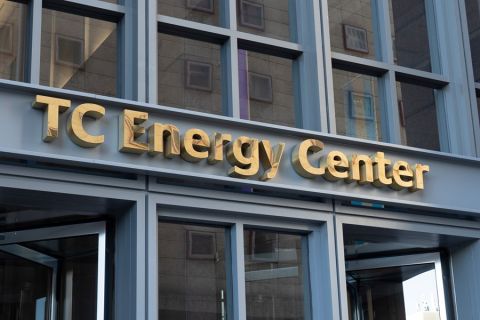Development of what would be the world’s largest wind farm off the coast of Britain is in doubt, with developer Ørsted saying it needs more support from the government such as tax breaks to proceed with the project after costs soared.
The 8 billion pound ($9.6 billion) Hornsea 3 project is expected to have a capacity of almost 3 gigawatts (GW) when built, enough to power around 3.2 million homes, and is seen as vital to Britain’s push to increase energy security and rapidly increase its renewable power output to meet climate targets.
The project, due to begin production in 2026, won a government contract at auction with a minimum price guarantee, called a contract-for-difference (CfD) worth 37.35 pounds per megawatt hour (MWh) in 2012 prices, around 45 pounds/MWh today.
Although the contract is index-linked to inflation it is now worth significantly less than current electricity prices of around 130 pound/MWh.
"Since the auction there has been an extraordinary combination of increased interest rates and supply chain prices," Duncan Clark, head of Ørsted U.K. and Ireland said in a statement.
“Industry is doing everything it can to manage costs on these projects but there is a real and growing risk of them being put on hold or even handing back their CfDs,” he said.
Clark is calling on the government to offer targeted support for the renewable sector, such as tax breaks on investments similar to those seen in the oil and gas sector, at the upcoming spring budget on March 15.
Britain has a target of 50 GW of offshore wind capacity by 2030, up from almost 14 GW currently and is aiming for net zero emissions by 2050.
Recommended Reading
BP’s Kate Thomson Promoted to CFO, Joins Board
2024-02-05 - Before becoming BP’s interim CFO in September 2023, Kate Thomson served as senior vice president of finance for production and operations.
Chord Energy Updates Executive Leadership Team
2024-03-07 - Chord Energy announced Michael Lou, Shannon Kinney and Richard Robuck have all been promoted to executive vice president, among other positions.
ConocoPhillips EVP of Strategy, Sustainability, Technology Macklon to Retire
2024-02-16 - Dominic Macklon, who began his career with Conoco in 1991, is set to retire ConocoPhillips May 1.
TC Energy Appoints Sean O’Donnell as Executive VP, CFO
2024-04-03 - Prior to joining TC Energy, O’Donnell worked with Quantum Capital Group for 13 years as an operating partner and served on the firm’s investment committee.
BP Restructures, Reduces Executive Team to 10
2024-04-18 - BP said the organizational changes will reduce duplication and reporting line complexity.





